



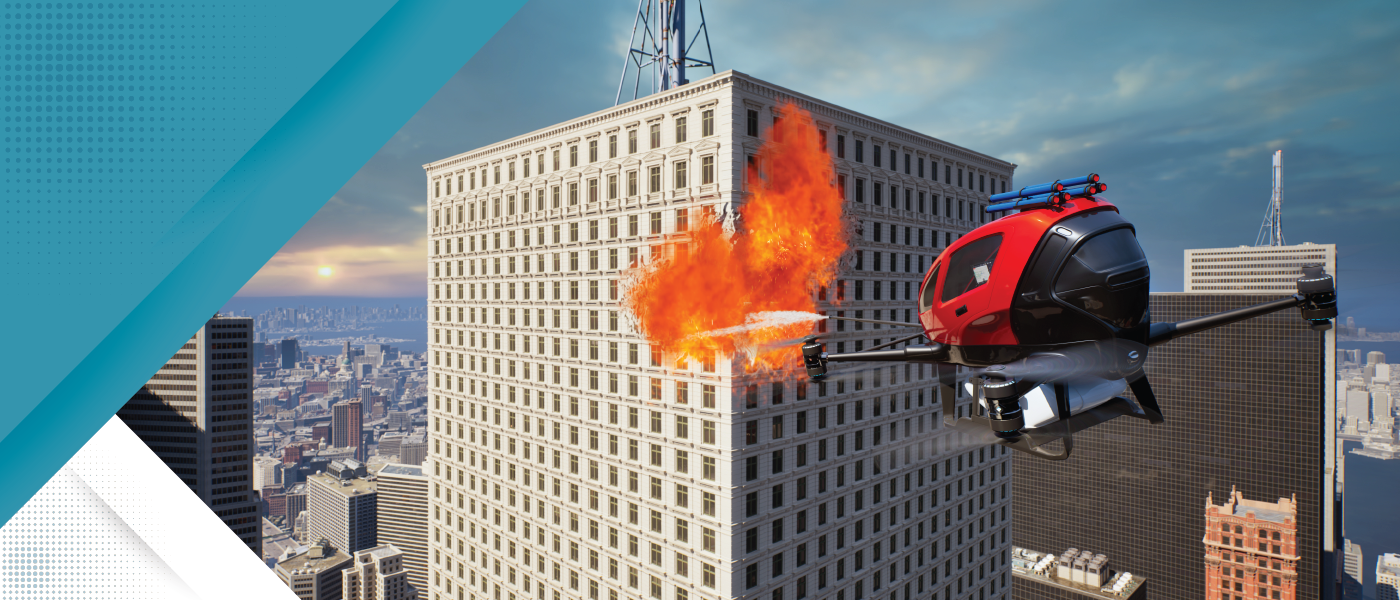
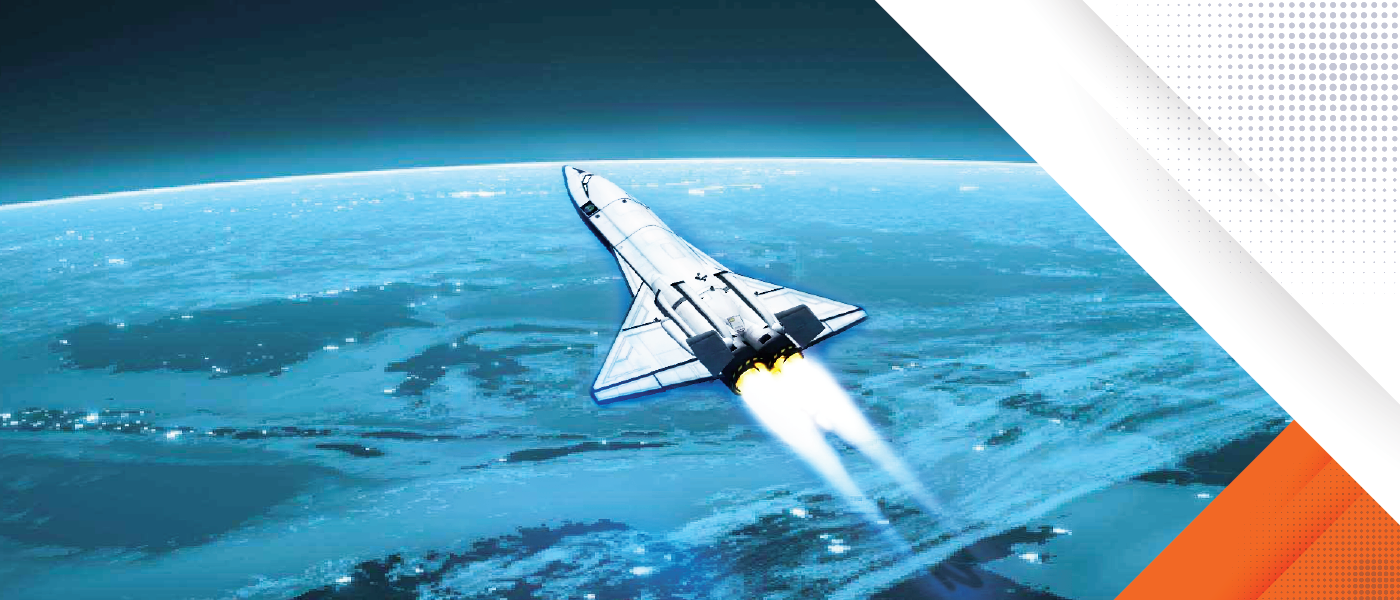
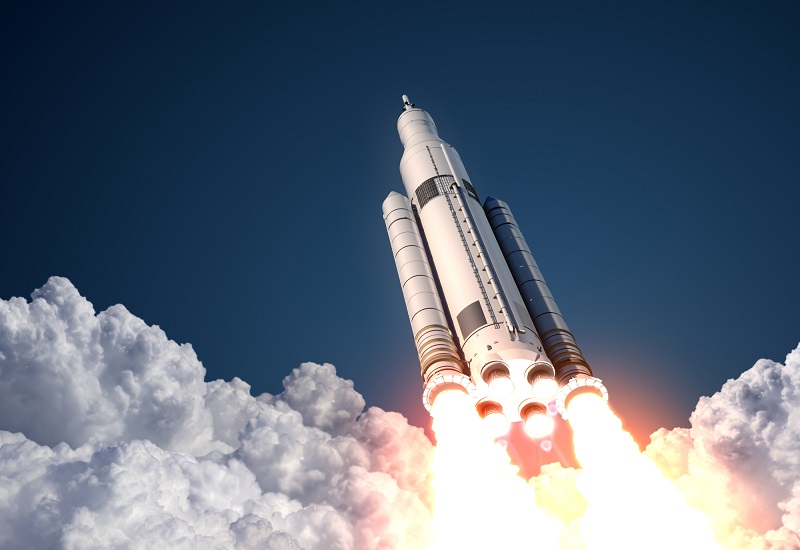
Analyze this landscape based on orbit, system type, and application. Explore new technologies like fusion, green propellant, and nuclear thermal, along with the competitive environment for companies and countries. Assess the top participants by product and R&D capabilities.

How are factors like limited domestic travel and heavy reliance on international air traffic influencing business operations? Which competitive business models and point-to-point networks have helped low-cost airlines? What is the level of maintenance, repair, and operations (MRO) spending?
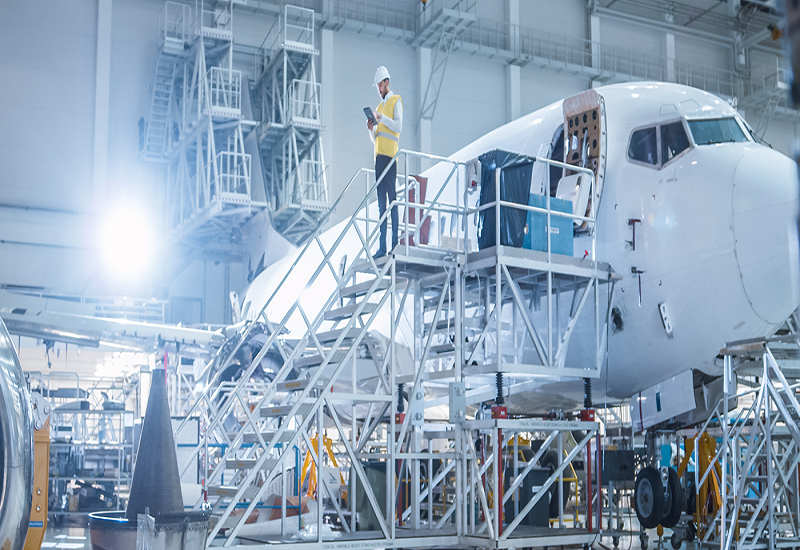
What are the size and state of this landscape, and what is the impact of the COVID-19 pandemic? Who are the notable vendors, and what is their positioning? Get a detailed overview of segments like linefit and aftermarket, as well as drivers, restraints, and opportunities for suppliers.

How can global decarbonization goals be met? See how renewables are changing the game and optimizing solutions.
What’s decarbonization, and why is it important? Decarbonization refers to the steady reduction of carbon dioxide (CO2) emissions and, eventually, its elimination. The deployment of decarbonization technology aids emission-intensive industries in minimizing carbon emissions and meeting net-zero emissions protocols in the long term. To cut down carbon emissions and combat climate change, governments across the globe are counting on the five pillars of decarbonization: the rise of renewables, hydrogen economy, direct electrification and renewable heat, carbon capture utilization and storage (CCUS), and energy efficiency. Their implementation can be a potential game-changer to enable stakeholders to achieve carbon neutrality globally.
Schedule a dialog or email us at myfrost@frost.com to connect with an industry expert at no charge. We are taking unprecedented action to make our team available to help you cut through the media and politics to get factual one-to-one guidance for the issues and opportunities that matter most to your business.
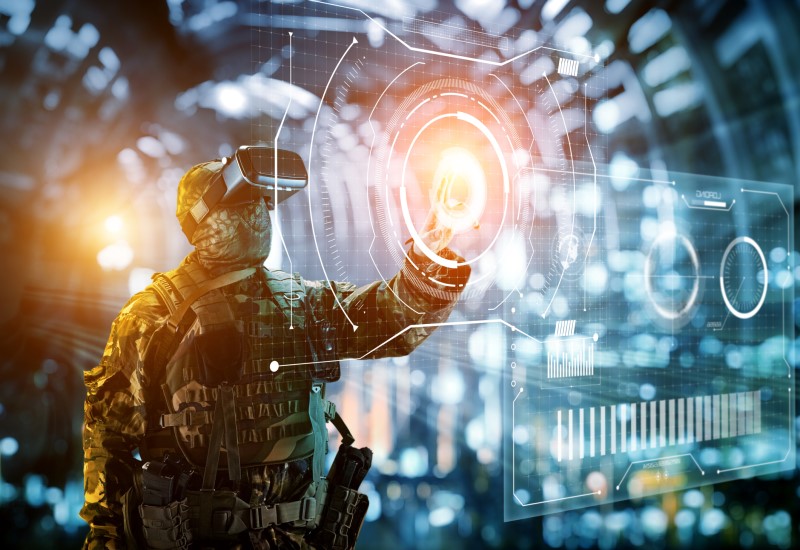
What are the key use cases, emerging applications, and recent regional contracts?
Read more Request Info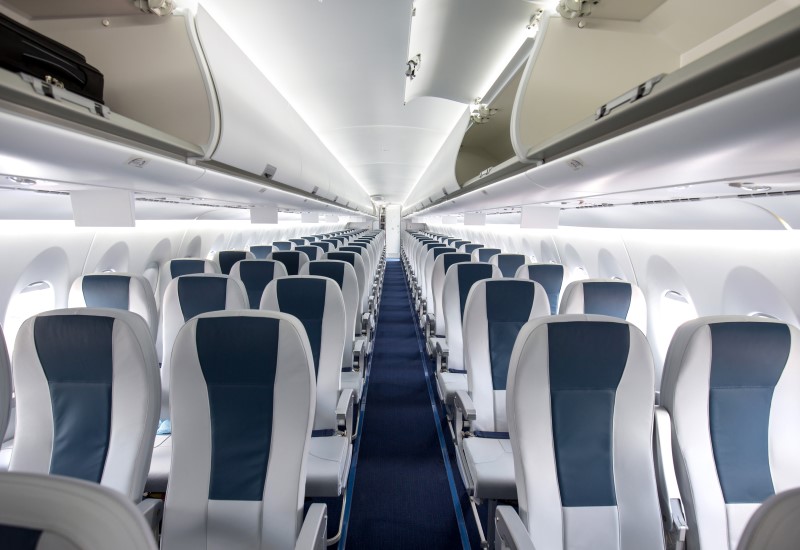
Which factors do airlines consider during economy-class pricing management?
Read more Request Info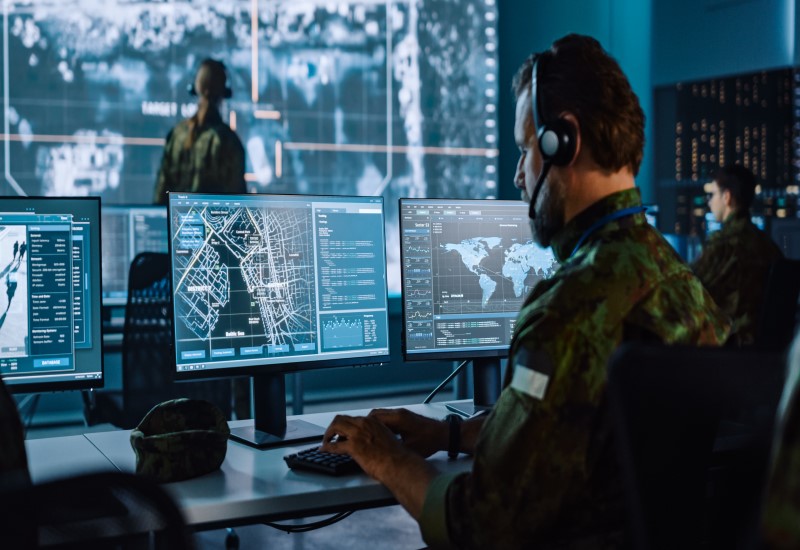
Explore the leading companies and technology areas in this competitive environment
Read more Request Info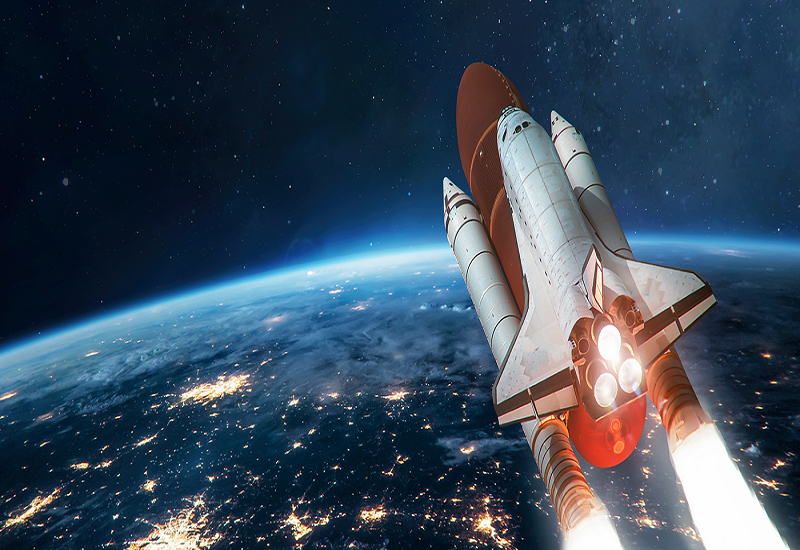
Find out why information-driven capabilities are a prerequisite to non-contact warfare
Read more Request Info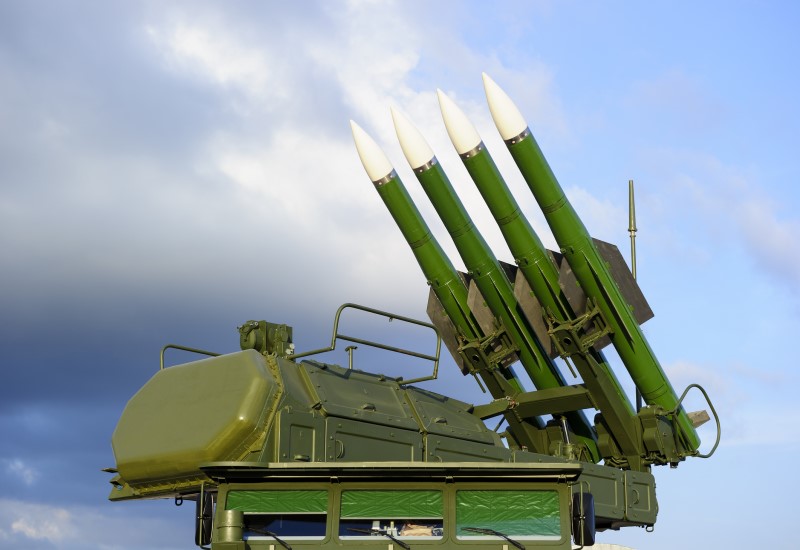
Examine the prospects for hypersonic defense, testing, and next-generation interceptors
Read more Request Info
Who are the leading contractors, and what are the high-spending areas and avenues?
Read more Request Info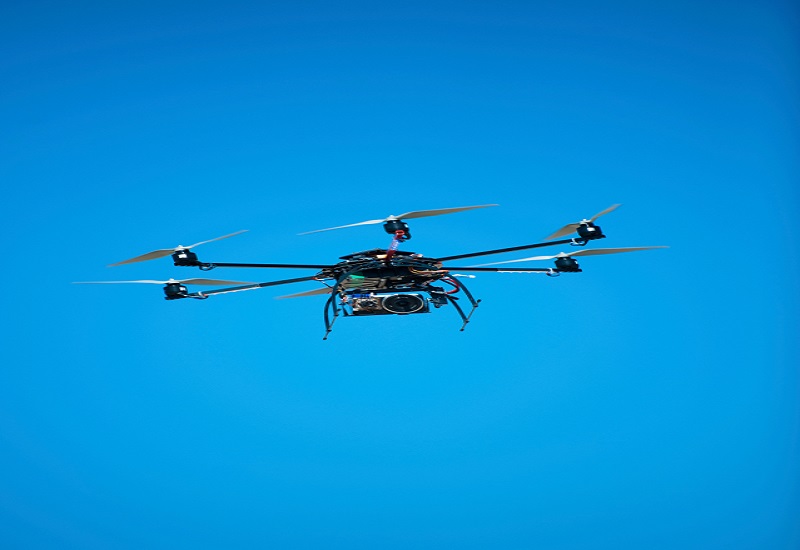
Why are drone delivery applications gradually witnessing increasing adoption?
Read more Request Info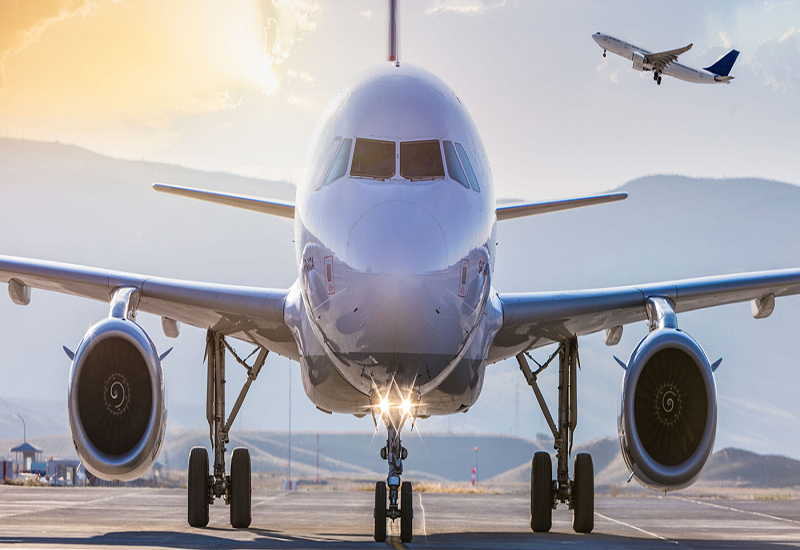
Analyze the unbundled fare strategy and the LCCs embracing business-class products
Read more Request InfoThe US Federal Aviation Administration (FAA) recently proposed regulations that would cover operations of passenger electric vertical take-off and landing (eVTOL) aircraft. The regulation, which is likely to come into effect in mid-2023, will provide a fillip to commercial air taxi operations, which are likely to launch by 2024-2025. Autonomous eVTOL cargo drones are already in use for middle-mile delivery logistics operations.
Read more
Enterprise CISOs face a daunting challenge in managing cybersecurity for their organization. But those who start with a discovery audit, define connectivity methods, and set security objectives take the first steps toward aligning business priorities with cybersecurity. That sets them up for success and facilitates the business considerations of a cloud ZTA solution.
Read more
According to the World Economic Forum (WEF) Global Risk Report 2020, cyberattacks are ranked as the second greatest risk for businesses globally for the next 10 years. It is a major concern for cybersecurity and business heads tasked to protect the organisation and its reputation. This is not a sudden spike that was noticed; instead, it confirms a pattern over the past few years where cyber risks consolidated their position alongside environmental risks and climate change in the high-impact, high-likelihood quadrant of the WEF report.
Read more
Satellite propulsion is vital to the successful operation of satellites as it is used to produce thrust for orbit insertion, position control, station keeping, and other in-orbit maneuvers. According to Frost & Sullivan’s recent report, Global Satellite Propulsion Solutions Market, commercial and private end-user satellite constellations generate a steady demand for propulsion systems because they provide communications and satellite imaging. The market is expected to reach $216.32 billion by 2031, up from $93.33 billion in 2021, representing an impressive 8.7% compound annual growth rate (CAGR).
Customers’ and crew members’ rising demand for broadband connectivity drives many segments of the maritime industry to adopt SATCOM services, according to Frost & Sullivan’s recent analysis, Growth Opportunities in Global Maritime Satellite Communication (SATCOM) Services. Vessel and ship digitalization, automation, and smart shipping trends further fuel the need for increased connectivity at sea. Due to this, the SATCOM market is expected to reach $2.84 billion by 2030 from $2.44 billion in 2021, an uptick at a compound annual growth rate (CAGR) of 1.7%.
A landing gear system comprises a comprehensive mechanism that executes safe take-off and landing operations. Frost & Sullivan’s recent analysis, Global Commercial Aircraft Landing Gear System Market, finds that a surge in regional connectivity and the adoption of an ultra-low-cost carrier business model will expedite the commercial aircraft landing gear system industry growth. The market is estimated to reach $8.55 billion by 2032 from $4.57 billion in 2021, an uptick at a compound annual growth rate of 5.9%
Read more